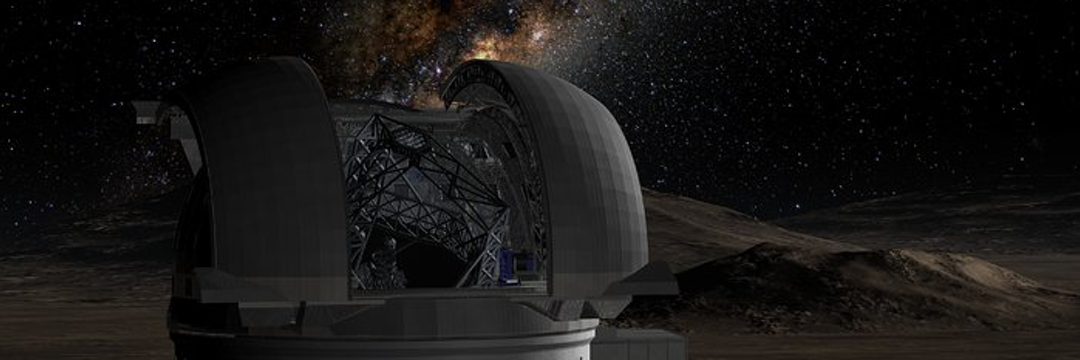
doi.org/10.1126/science.ads4369
Credibility: 999
#Água
For the first time, EPFL researchers have been able to directly observe water molecules forming hydrogen bonds.
These bonds occur when hydrogen and oxygen atoms from neighboring molecules connect and share electronic charges, creating a special type of three-dimensional network.
This hydrogen-bonded structure gives water its unique properties, but the quantum effects behind it were previously only known through theoretical simulations.
Now, using a new technique called correlated vibrational spectroscopy (CVS), the team led by Sylvie Roke, head of EPFL`s Laboratory of Fundamental Biophotonics, has been able to measure how water molecules behave when they join together in this hydrogen-bonded network.
One of the great advantages of CVS is that it allows scientists to differentiate between molecules that are interacting (linked by H-bonds) and those that are distributed randomly, without interactions.
Other spectroscopy techniques can only measure the behavior of all molecules at once, which makes it difficult to understand which ones are actually interacting.
Roke explains that “standard spectroscopy methods measure the scattering of light caused by the vibrations of all the molecules in the system, so you have to make assumptions about which molecular interactions are actually happening.” But with CVS, each type of molecule has its own vibrational spectrum.
This allows scientists to directly measure properties such as how much electronic charge is shared and how the strength of hydrogen bonds is affected.
A New Angle for Looking at Bonds
To make these measurements, the scientists used ultrafast laser pulses (lasting about a quadrillionth of a second) in liquid water.
These pulses create tiny charge oscillations and atomic displacements that cause the water to emit visible light.
The scattering pattern of this light provides information about the spatial organization of the molecules, while the color of the emitted light provides information about the atomic movements.
Typically, the spectroscopy detector is positioned at a 90-degree angle to the laser.
But the team found that by changing the position of the detector and using specific combinations of polarized light, they could create separate spectra for interacting and non-interacting molecules.
The researchers also tested how changes in the pH of water”making it more basic or more acidic”affect the hydrogen bond networks.
When the pH changes, the presence of either hydroxide ions (more basic) or protons (more acidic) increases, which changes the reactivity of the water.
Using CVS, the team was able to measure exactly how much extra charge the hydroxide ions add to the hydrogen bonds (8 percent) and how much charge the protons remove from them (4 percent).
This level of precision had never been possible before in experiments.
This new technique, which has been proven by theoretical calculations, could be applied to many other materials.
“The ability to directly measure the strength of hydrogen bonds is a powerful method for shedding light on molecular details in any solution, such as those containing electrolytes, sugars, amino acids, DNA or proteins,” says Roke.
Because CVS is not limited to water, it promises to yield a wealth of information about other liquids, systems and processes.
Publicado em 10/31/2024 22h25
Artigo original:
Estudo original:


